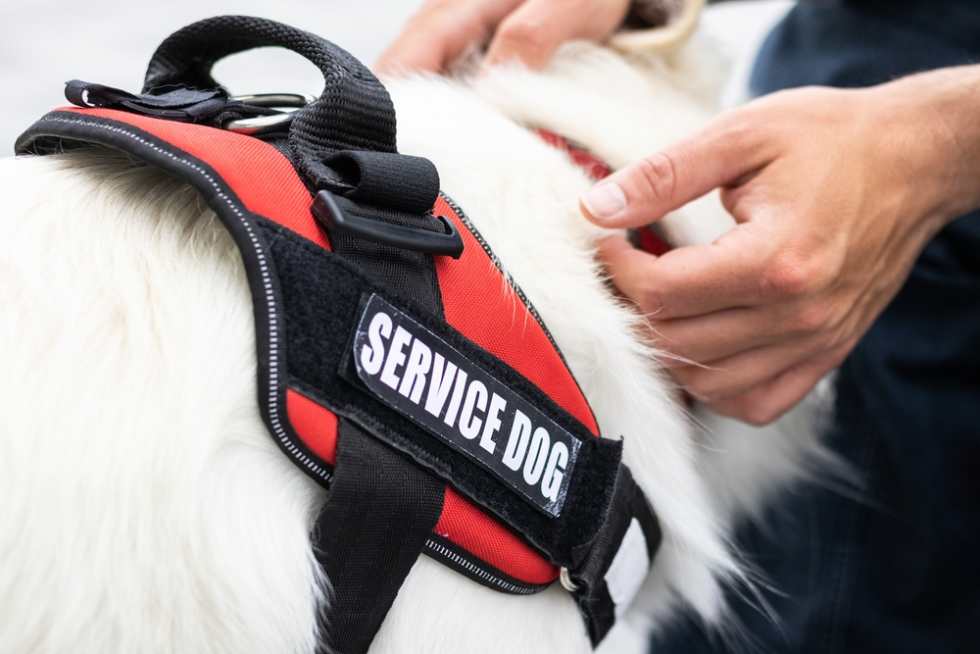South Bank at Quarry Trails
- 93 units available
- Studio • 1 bed • 2 bed • 3 bed
- Amenities
In unit laundry, Patio / balcony, Granite counters, Pet friendly, Stainless steel, Walk in closets + more

Pet fees, pet rent, and pet deposits are all common charges renters may face when living with pets—but they serve different purposes. Pet fees are one-time, non-refundable charges. Pet rent is a recurring monthly fee. Pet deposits are refundable amounts held in case of pet-related damage. Understanding these terms helps renters budget better and avoid surprises in their lease.
But what do these charges actually cover, and which ones are negotiable?
In this guide, we’ll break down the differences between pet rent, fees, and deposits, explain what landlords can legally charge, and help you spot red flags in your lease.
| Feature | Pet Fee | Pet Rent | Pet Deposit |
|---|---|---|---|
| One-time or Recurring | One-time | Monthly | One-time |
| Refundable? | No | No | Yes |
| Typical Range | $100 to $400 | $10 to $50 per month | $200 to $500+ |
| Purpose | Cleaning, admin costs | Ongoing wear and tear | Damage repair |
A pet fee is a one-time, non-refundable charge that landlords collect when you move in with a pet. Unlike a deposit, this fee won’t be returned at the end of your lease, regardless of whether your pet causes any damage. It’s typically used to cover general cleaning or deodorizing expenses, and to account for the additional risk of normal wear and tear from pets.
You’ll usually pay this upfront when signing your lease or adding a pet later on. Pet fees commonly range between $100 and $400, depending on the type of animal and the building’s policy. For example, a landlord might charge a $250 fee for bringing in a dog to a carpeted unit, which helps cover cleaning costs after you move out.
Pet rent is a recurring monthly charge that gets added to your base rent as long as your pet lives in the unit. It’s meant to compensate the landlord for the increased long-term maintenance and potential wear caused by having animals on the property.
This fee is non-refundable and usually ranges from $10 to $50 per month per pet. For instance, if your lease includes $25/month pet rent, you’ll pay an extra $300 per year just for having your dog. Over time, pet rent can really add up, so it’s important to factor it into your total monthly housing budget before signing.
A pet deposit is a refundable amount your landlord holds during your lease to cover potential damage your pet might cause. Unlike pet fees or rent, this money is returned to you after move-out, as long as the property passes inspection and no pet-related damage is found.
Typical deposits range from $200 to $500 or more, depending on the pet and rental property. These funds are used for repairs like scratched wood floors, chewed trim, or stained carpet. If your landlord deducts from your pet deposit, they must usually provide an itemized list explaining the charges, just like a standard security deposit.

In most states, yes—landlords are legally allowed to charge a pet fee, monthly pet rent, and a pet deposit all at once. Each charge serves a different purpose: the pet fee is a one-time, non-refundable cost for allowing pets on the property; pet rent is a recurring monthly charge for the ongoing presence of a pet; and the pet deposit is a refundable amount held in case your pet causes damage.
However, some local laws place limits on how these charges can be stacked. For example, certain cities or states may restrict landlords from charging both a non-refundable fee and a deposit, or may cap the total amount a landlord can collect for pet-related costs.
Tip: Always check your state’s landlord-tenant laws or consult a local housing authority to understand what’s legal in your area. Lease terms should clearly outline each charge, so review everything carefully before signing.
In some cases, yes. Pet fees and pet rent aren’t always set in stone. If you're renting in a competitive market or your pet is considered low-risk (think: small, quiet, house-trained, or older), landlords may be more flexible. It’s all about showing that you and your pet are responsible tenants.
Here are a few ways to strengthen your case:
Offer References from Past Landlords
A short note from a previous landlord confirming your pet didn’t cause damage or disrupt neighbors can go a long way. These references provide peace of mind and show you’re not just a responsible tenant, but you’re a responsible pet owner, too.
Emphasize Pet Training or Insurance
If your pet has completed obedience classes or you’ve taken out pet liability insurance, bring that up. It signals that you’ve taken steps to prevent accidents or disruptions, something landlords always appreciate.
Sign a Longer Lease in Exchange for Reduced Fees
If you're planning to stay put for a while, use that to your advantage. Some landlords may be open to lowering or waiving pet fees in exchange for the stability of a longer lease term.
Even if your pet is perfectly behaved and leaves the apartment spotless, pet fees and pet rent are still non-refundable. These charges are considered the cost of having a pet in the unit, not a deposit against potential damage. Once paid, they’re gone for good.
However, your pet deposit is refundable, provided there’s no pet-related damage when you move out. To ensure you get that deposit back, it’s a good idea to document the condition of your apartment thoroughly before move-in and after move-out.
Take clear photos or videos, especially of floors, walls, doors, and any high-traffic pet areas. If you can show that your unit is in the same condition (or better) than when you moved in, you’re in a strong position to get your full deposit returned.

Yes, emotional support animals (ESAs) and service animals are legally exempt from pet fees, pet rent, and pet deposits. Under the Fair Housing Act (FHA), these animals are not considered pets. Instead, they’re classified as assistance animals that help individuals with physical or mental disabilities.
This means landlords cannot charge extra to accommodate them, even if the building has a strict “no pets” policy. However, tenants may be required to provide a valid letter from a licensed healthcare provider verifying the need for the assistance animal. Importantly, while landlords can’t charge upfront fees, they can still deduct for actual damage caused by the animal, just like they would for any tenant.
Before signing a lease, take the time to read the fine print and ask direct questions about any pet-related charges. Understanding exactly what applies to your pet, whether deposits are refundable, and how damage will be assessed can save you from unexpected costs later on.
Don’t be afraid to ask for clarification or negotiate if something seems excessive. Clear communication with your landlord can help you avoid surprise fees and budget more confidently as a pet parent.
Looking for a place that truly welcomes you and your furry friend? Use Apartment List’s pet-friendly filter to find apartments that match your lifestyle and your pet’s needs right from the start.
No. Pet fees are non-refundable and typically used to cover general cleaning or administrative costs associated with allowing pets. They are not intended to pay for actual damage caused by your pet. That’s what the pet deposit is for.
Generally, no. In most states, landlords must provide documentation, such as photos, receipts, or written estimates, to justify withholding any portion of a pet deposit. If no damage is found during the move-out inspection, the deposit should be returned in full.
In most areas, yes. Pet rent is legal as long as it’s clearly outlined in the lease agreement and doesn’t violate local tenant laws. Some cities or states may limit how much can be charged or restrict stacking it with other pet-related fees, so always check your local housing regulations.
Sometimes. While many landlords overlook low-risk pets like fish, hamsters, or reptiles, others include any non-service animal under their pet policy. If in doubt, ask for clarification and get it in writing before signing the lease.
Yes. In most cases, landlords can claim pet fees and pet-related damage repairs as rental income or deductible expenses on their taxes. Tenants, however, cannot deduct pet-related housing fees on their returns.

In unit laundry, Patio / balcony, Granite counters, Pet friendly, Stainless steel, Walk in closets + more
In unit laundry, Granite counters, Hardwood floors, Dishwasher, Pet friendly, 24hr maintenance + more